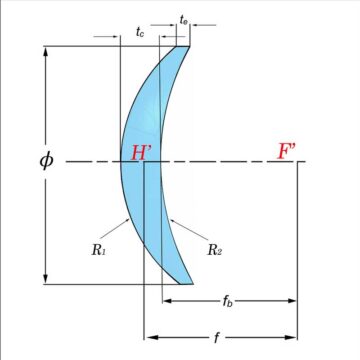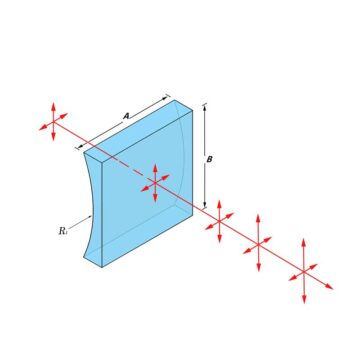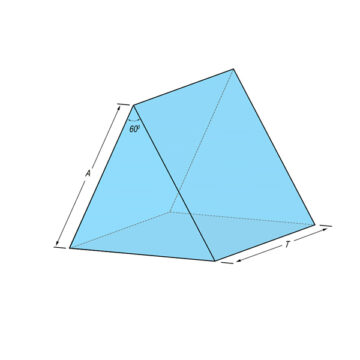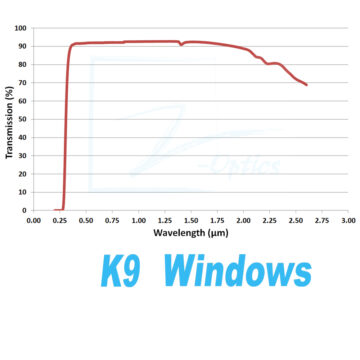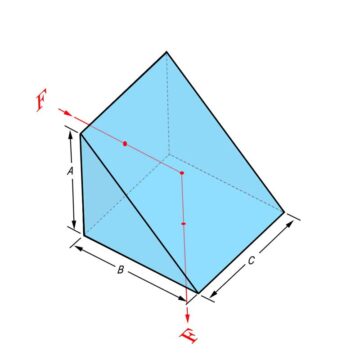High-transmittance optical
K9 glass windows are ideal for optical laboratory equipment.
optical windows are transparent, flat, plane-parallel optical windows meant to shield sensors and other electronic devices from environmental conditions.
Considerations for Optical Window material selection include transmission qualities, scattering, strength, and resistance to specific conditions. Their use should have no effect on a system's magnification. Optical Windows may be optically polished and include a light-diffusing device to regulate illumination.To achieve the best transmission performance for a specific wavelength, AR coatings can be applied. A variety of materials, including quartz, IR crystals, UV fused silica, and optical glasses, are utilised to make the windows. Our optical windows have x-ray protection, UV light resistance, and far-infrared light transmission capabilities, among other qualities.
Typically, optical windows are made of two flat, or Plano, polished surfaces that are optically transparent and meant to segregate, seal, or otherwise protect other components. The double-sided manufacturing technique produces superior parallelism and transmitted wavefront, making it perfect for visible windows in industrial and biomedical applications, as well as infrared windows in military/defense applications.
When the original is in two physical settings, an optical window can protect it. And there is essentially little influence on visible light. Coating the surface of windows could increase transmittance; typically used coatings include antireflection coating (AR) and scratch-resistant coating (AS). Optical glass flat with coating can improve light penetration strength while also being waterproof, dustproof, and scratch-proof. Our k9 Windows are utilised by scientific and industrial companies in the medical, defence, instrumentation, laser, research, and imaging fields.
Z-Optics provides a wide range of windows in a variety of materials and designs. Special size and material optical windows are also available upon request. Furthermore, we offer single layer or multilayer anti-reflective coating on optical windows. Our optical windows' general parameters are listed in the catalogue below, and you are invited to customise the windows with your own designs or drawings.

